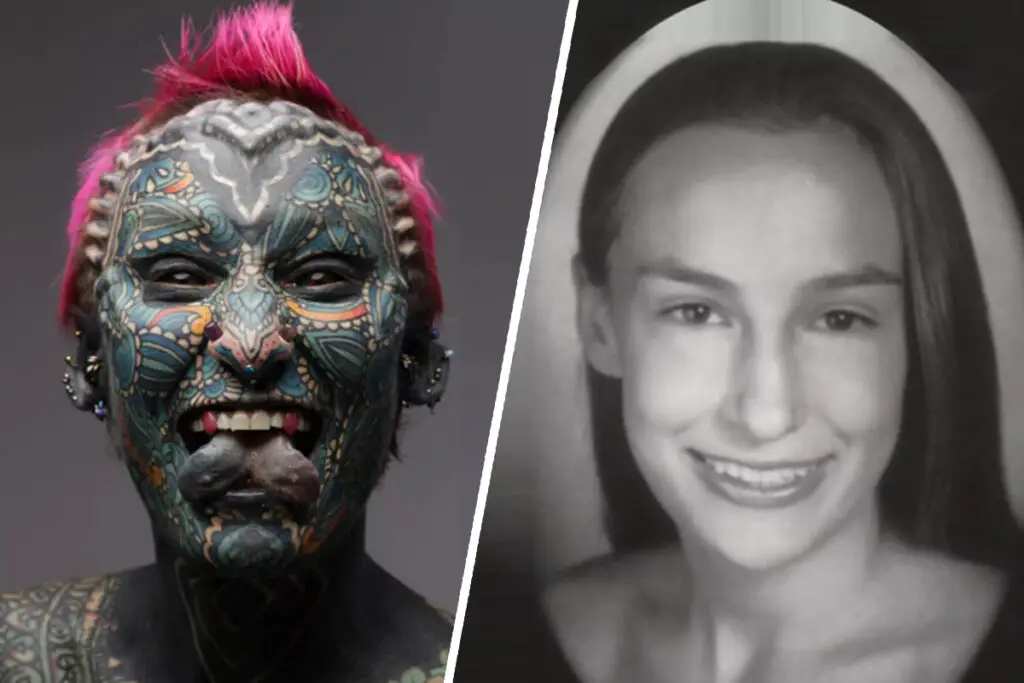Chasing the Elusive Triple Rainbow: A Rare Wonder of Nature

Rainbows have a way of stopping us in our tracks. Those vibrant arcs of color stretching across the sky after a rainstorm feel like a little gift from nature.
Most of us have marveled at a single rainbow, and if you’re lucky, you might have spotted a double rainbow—those two stacked bands that seem to say, “Hey, you thought one was cool? Try two!” But what about a triple rainbow? Is it just a fanciful tale, like a leprechaun’s pot of gold, or is it something real?
Spoiler alert: triple rainbows are very much real, but they’re so rare and tricky to spot that they’ve been the stuff of legend for centuries.
The Science of Rainbows: A Quick Refresher
To understand triple rainbows, let’s start with the basics of how rainbows form.
When sunlight hits a raindrop, it bends (or refracts) as it enters, reflects off the inside of the droplet, and bends again as it exits.
This process splits white sunlight into its spectrum of colors—red, orange, yellow, green, blue, indigo, and violet—creating the familiar arc we know and love.
A primary rainbow comes from one internal reflection, with red light appearing on the outer edge and blue on the inner edge because red light bends less than blue.
Double rainbows, which are less common but still familiar, happen when light reflects twice inside the droplet.
This second reflection reverses the color order—red on the inside, violet on the outside—and makes the arc fainter because some light is lost with each reflection.
“Each bounce inside the droplet dims the light a bit,” explains climate scientist Yi-Ling Hwong from the Muller research group. “That’s why secondary rainbows are already harder to spot.”
Enter the Triple Rainbow
So, what happens if light reflects three times inside a raindrop?
That’s where the triple rainbow, or tertiary rainbow, comes in. It’s formed by sunlight undergoing three internal reflections before exiting the droplet.
Sounds pretty cool, right? But here’s the catch: each reflection reduces the light’s intensity, so a triple rainbow is only about one-fourth as bright as a primary rainbow.
That’s like trying to see a whisper of color in a sky screaming with sunlight.
And there’s another twist. Unlike primary and secondary rainbows, which you see with the sun behind you, triple rainbows appear when you look toward the sun.
This means you’re staring into bright sunlight, which makes spotting the faint arc a real challenge. “It’s like trying to find a ghost in a spotlight,” says Hwong.
The combination of low intensity and a sun-facing position makes triple rainbows one of nature’s best-kept secrets.
A Breakthrough in 2011
For centuries, triple rainbows were more myth than reality. Scientists were skeptical, with only five documented reports over 250 years, and many dismissed sightings as hoaxes or misinterpretations.
That all changed in 2011 when meteorologist Michael Grossmann captured the first scientifically accepted photograph of a triple rainbow in Germany.
His images, published in the journal Applied Optics on September 30, 2011, were a game-changer, proving that these elusive arcs were real. Read more about the study.
But wait, there’s more! Around the same time, another photographer, Michael Theusner, snapped the first confirmed image of a quadruple rainbow—light reflecting four times inside a raindrop.
These discoveries were like finding a unicorn and a dragon in the same forest.
Conditions for the Perfect Triple Rainbow
So, how did Grossmann manage to capture this rare phenomenon? It’s all about the right conditions.
Triple rainbows need a specific setup: dark thunderclouds to provide a contrasting backdrop, a heavy downpour with uniformly sized raindrops to ensure consistent light refraction, and sunlight breaking through at just the right angle to project the faint arc.
“It’s a delicate balance,” notes Hwong. “You need the storm and the sun to cooperate perfectly.” Without these conditions, the triple rainbow’s faint glow gets lost in the sky.
How to Spot a Triple Rainbow
Want to try your luck at spotting a triple rainbow? It’s not easy, but there’s a handy trick.
Hold your hand out at arm’s length, with your thumb covering the sun.
Splay your fingers so the distance between your thumb and pinky forms about a 17-degree angle.
Where your pinky lands is roughly where the tertiary rainbow should appear, at about 40 degrees from the sun.
Quadruple rainbows, if you’re feeling extra ambitious, appear around 45 degrees.
But you’ll need those perfect conditions—dark clouds, heavy rain, and a well-timed burst of sunlight—plus a whole lot of luck. Learn more about spotting techniques.
Not to Be Confused With Other Rainbows
It’s easy to mix up triple rainbows with other rainbow-like phenomena, so let’s clear things up.
Supernumerary bows are those faint, extra bands sometimes seen near a primary rainbow, caused by light interference patterns.
Reflection rainbows occur when sunlight reflects off a body of water, like a lake, creating a mirrored arc.
Both are more common than true triple rainbows, which are defined by those three internal reflections.
“People often mistake these for triple rainbows,” Hwong clarifies, “but they’re distinct phenomena with different causes.”
Why Triple Rainbows Matter
Why should we care about something so hard to see? For one, triple rainbows are a testament to the wonders of physics.
They reveal how light interacts with water droplets in complex ways, offering insights into optics and atmospheric science.
“It’s like nature’s own light show, teaching us about the world,” says Hwong.
Beyond the science, there’s something deeply human about chasing a phenomenon so rare it was once thought impossible.
It’s a reminder that even in a world we think we know, there are still mysteries waiting to be uncovered.
A Historical Perspective
Before 2011, triple rainbows were the stuff of legend.
With only five scientific reports in 250 years, many dismissed them as fanciful as a leprechaun’s gold.
The 2011 photographs changed that, sparking renewed interest among scientists and rainbow chasers alike.
Raymond Lee from the US Naval Academy, who studied these rare sightings, used computer models to pinpoint the best conditions for spotting them, paving the way for Grossmann’s breakthrough.
His work, presented at an international conference on atmospheric optics, challenged researchers to go find one themselves. More on Lee’s findings.
A Cultural Symbol
Rainbows have long been symbols of hope and beauty across cultures.
Triple rainbows, with their rarity, amplify that sense of wonder.
Imagine standing in the rain, camera in hand, capturing something only a handful of people have ever seen.
It’s not just about the science—it’s about the thrill of discovery, the joy of witnessing something extraordinary.
“There’s something magical about knowing you’re seeing a piece of nature’s hidden art,” reflects Hwong.
Beyond Triple Rainbows
The 2011 discoveries didn’t stop at triple rainbows.
The confirmation of quadruple rainbows pushed the boundaries even further.
And in 2012, a rare “triple-split rainbow” was photographed in Japan, where a single rainbow appeared to split into three branches due to varying droplet sizes.
These phenomena, while different from true tertiary rainbows, show just how diverse and surprising nature can be. Details on the triple-split rainbow.
The Chase Continues
So, next time you’re caught in a rainstorm and the sun peeks through, don’t just admire the primary rainbow.
Squint toward the sun, use that hand trick, and keep your eyes peeled for a faint, fleeting arc.
You might just catch a glimpse of a triple rainbow—a rare spectacle that reminds us there’s always more to discover in the skies above.
| Rainbow Type | Reflections | Color Order | Visibility | Intensity |
|---|---|---|---|---|
| Primary | 1 | Red outside, blue inside | Sun behind observer | Brightest |
| Secondary | 2 | Blue outside, red inside | Sun behind observer | Fainter |
| Tertiary (Triple) | 3 | Red outside, blue inside | Sun in front of observer | ~25% of primary |
































